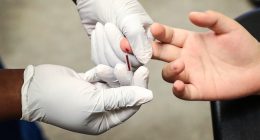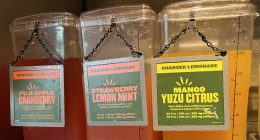At first glance, the mysterious space rock that NASA’s New Horizons zoomed by on New Year’s day looked like a lumpy snowman, or maybe a misshapen space peanut. Now, a new set of photos reveal that the space rock is flatter than initially thought — more pancake, really, than peanut.
The space rock, called 2014 MU69, is located 4.1 billion miles away from Earth in the Kuiper Belt, a massive stretch of frigid objects that orbit the Sun at the edges of the Solar System. During its flyby of the 21-mile-wide rock, New Horizons snapped photos with its two cameras and collected 50 gigabits of data with its onboard instruments.
:no_upscale()/cdn.vox-cdn.com/uploads/chorus_asset/file/13747544/UlitmaThule_Crescent_2_7_19.jpg)
The first photos New Horizons sent back to Earth revealed an object composed of two touching, segments, called a contact binary. The two lobes looked rounded. But a series of images that the spacecraft snapped as it left MU69 behind show a more flattened profile. The big section “more closely resembles a giant pancake”, according to a Johns Hopkins University Applied Physics Laboratory news release. And the smaller one? “A dented walnut.”
:no_upscale()/cdn.vox-cdn.com/uploads/chorus_asset/file/13747531/DraftShapeModelGraphic_001_master.jpg)
“[T]he new images are creating scientific puzzles about how such an object could even be formed,” Alan Stern, principle investigator for the New Horizons Mission, said in a statement. Similar shapes show up in the pancake moons of Saturn, Alex Parker, a planetary astronomer at the Southwest Research Institute, said on Twitter. “But these formed moons in the special environment of Saturn’s rings, and 2014 MU69 formed in deep space.”
The team still isn’t completely sure that the latest model is exactly the right shape. There was a whole chunk that wasn’t lit up by the Sun, which means some of its shape is still an estimate: it could resemble a plumper pancake or a thinner crepe, for example. Whatever it ends up looking like, it’s thrilling for researchers. Stern says: “We’ve never seen something like this orbiting the Sun.”
This article is from The Verge








